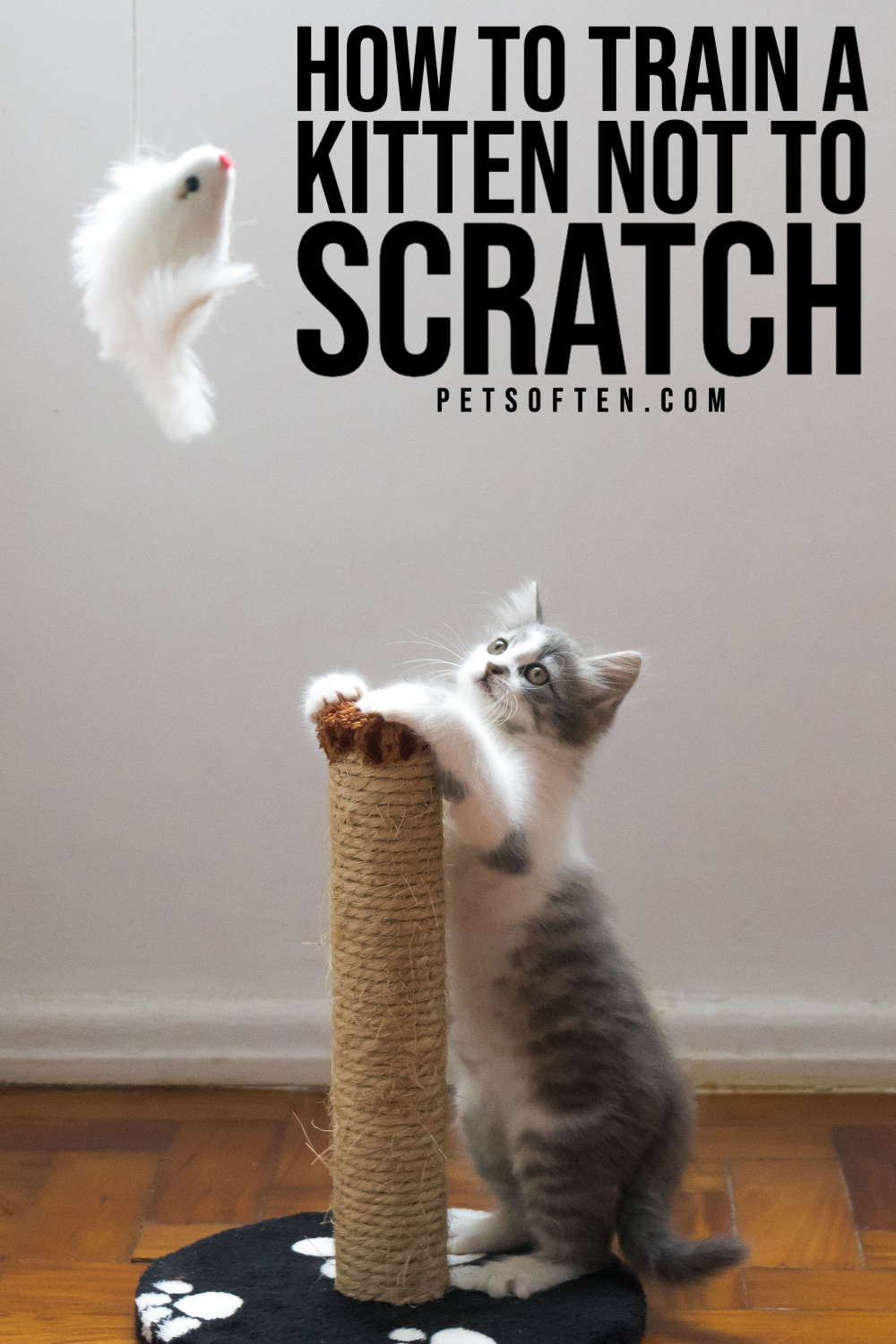How to Train a Kitten Not to Scratch
Do you know How to Train a Kitten Not to Scratch? Here are some useful tips for keeping your cat from scratching your expensive leather couch or favorite furniture.

Are you a pet lover? Pets can be great companions, especially if you take very good care of them. Historically, people have been keeping pets since time immemorial.
For instance, in ancient Egypt, cats were revered as sacred while in the western world, dogs took the title of man’s best friend.
Putting that aside, having kittens around the home can be extremely fun, considering their innocence, not to mention their playful nature.
However, kittens can also be destructive, as they just cannot keep their claws to themselves.
Be on the lookout, for they will scratch that expensive leather couch you bought the other day, or leave scratch marks on your favourite furniture.
Nevertheless, by following a few tips, you can train your kitten, not to scratch.
Watch and Learn Your Kitten’s Behavior
The first step in training your feline friend, not to scratch entails observing your kitten’s behaviour including her scratching patterns.
What does your kitten scratch? When and how do they do it? Kittens love coarse surfaces and anything they can sink their sharp claws.
They love scratching to stretch their bodies, especially after a nap. Why some cats love vertical objects, others love horizontal objects.
Observe and establish what your kitten loves scratching. This will give you a good idea of how to train a kitten, not to scratch.
Give Your Kitten Alternative Scratching Spots
Cats scratch different objects naturally, as a way of marking their territory, stretching their bodies and removing the dead outer layer from their claws.
It is almost impossible for a cat not to scratch objects. However, you can teach your cat what to scratch and what not to.
A good idea of training your kitten is by erecting a scratching post near their previous scratching spots.
Through observations, find out about your kitten’s preferences and provide alternative scratching posts that match her preferences.
Cover the previous scratching spots by using deterrents like aluminium foil or sticky tape.
Alternatively, you could apply citrus or menthol on the spots, as cats dislike their odour.
You will have to leave these deterrents in place until your kitten comes to terms with her new scratching spots.
Trimming Your Kitten’s Claws
Finally, to reduce your kitten’s spontaneous scratching patterns, consider trimming her claws, especially if they are overgrown.
By trimming your kitten’s claws, you will reduce the destruction it could cause through scratching objects.
Long claws are not only destructive to your furniture but also dangerous to your cat’s health.
If they are too long, they can puncture the paw pads and cause infection or difficulty in walking.
However, trimming your kitten’s claws is not easy, as you have to accustom her first before attempting to trim them.
Punishing your kitten for scratching your furniture will not help stop the scratching. Your kitten will not understand why you are punishing her.
Instead, she will live in fear whenever she sees you or even avoids you. The best way to train your kitten is by offering rewards whenever she scratches the alternative scratching posts that you have provided.
By doing so, you will not only create a strong bond between you and your kitten but also train her not to scratch unacceptable objects.




